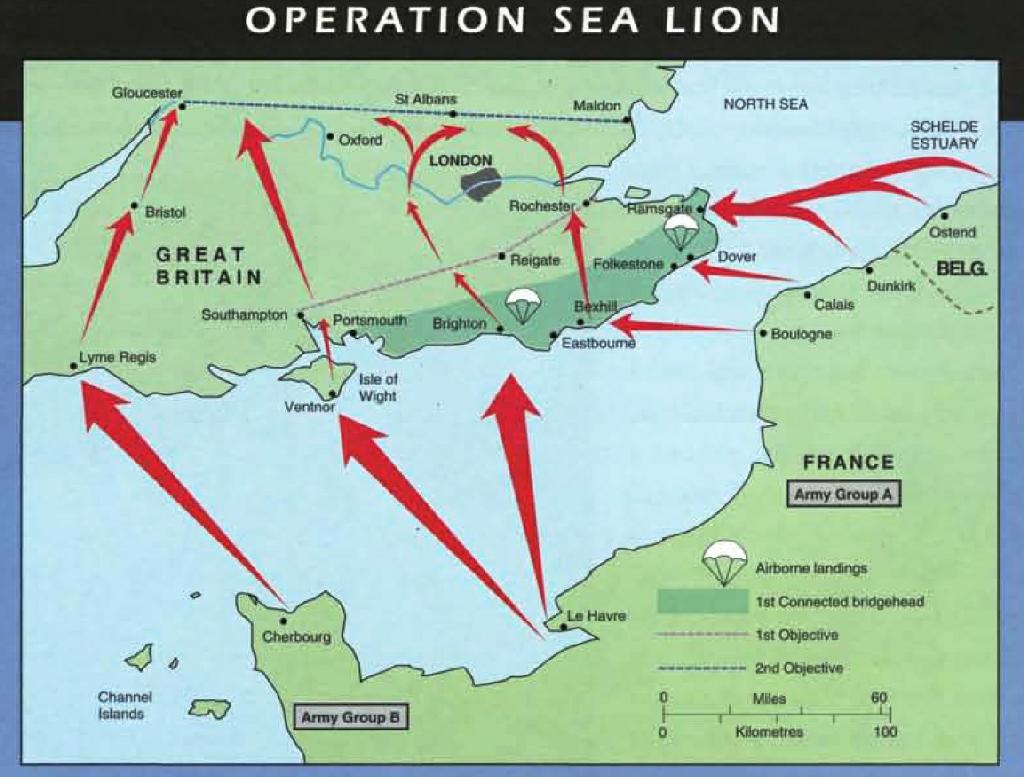According to captured German documents, the commander-in-chief of the German Army,
Walther von Brauchitsch, directed that “The able-bodied male population between the ages of 17 and 45 will, unless the local situation calls for an exceptional ruling, be interned and dispatched to the Continent”. This represented about 25% of male citizens. The UK was then to be plundered for anything of financial, military, industrial or cultural value, and the remaining population terrorised. Civilian hostages would be taken, and the death penalty immediately imposed for even the most trivial acts of resistance.
The deported male population would have most likely been used as industrial slave labour in areas of the
Reich such as the factories and mines of the
Ruhr and
Upper Silesia. Although they might have been treated less brutally than slaves from the East (whom the Nazis regarded as sub-humans, fit only to be worked to death), living and working conditions would still have been severe.
In late February 1943
Otto Bräutigam of the
Reich Ministry for the Occupied Eastern Territories claimed he had the opportunity to read a personal report by General
Eduard Wagner about a discussion with
Heinrich Himmler, in which Himmler had expressed the intention to kill about 80% of the populations of France and England by
special forces of the
SS after the German victory. In an unrelated event, Hitler had on one occasion called the English lower classes "racially inferior".
 and realistic which many Sealion threads wave goodbye to fairly early on.
and realistic which many Sealion threads wave goodbye to fairly early on.